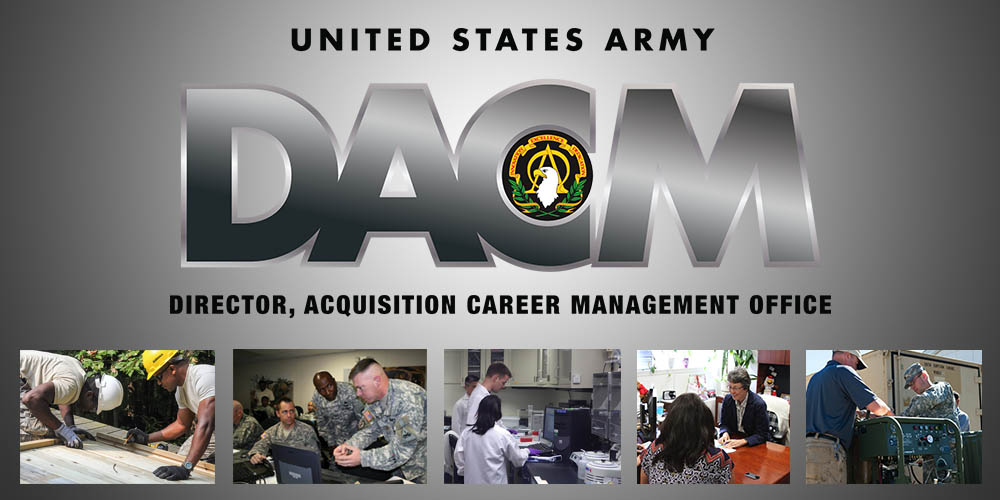
By Stan Emelander
FORT BELVOIR, Va. – The U.S. Army Acquisition Support Center’s Office of the Director for Acquisition Career Management (DACM) conducted the final survey for its pilot acquisition workforce mentoring program in late December, concluding the program’s formal phase. Information gathered from the pilot will be used in developing future programs, including one planned for the upcoming spring.
The DACM Office started the program in November 2013 by matching mentors and protégés. They hosted a training and relationship-building session for the mentoring pairs in January 2014 and gathered initial feedback one month later. Though the DACM Office hopes the pairs will continue to work together, the latest survey marked the final effort to systemically track their experiences and collect their feedback.
The pilot program included 64 participants from the acquisition workforce organized into 32 protégé-mentor pairs. Mentees came from the Competitive Development Group and applicants to the Centralized Selection List, and mentors were recruited from acquisition workforce personnel in key leadership positions. The closing survey measured several important areas of mentoring programs; including protégé learning, mentor effectiveness and satisfaction with the experience. The feedback will be used to improve future DACM Office mentoring programs.
Changes Ahead
The DACM Office plans to launch another pilot mentoring program this spring. It will be directed toward promising future leaders and exceptional managers, and the participant selection method will rely on commanders’ recommendations. The expectation is that since commanders know their people best, they will make the strongest choices for mentees and mentors.
Based on the survey feedback, the Army DACM Office plans to improve the program in other ways as well. “Two areas where we can improve are providing mentors and protégés better tools and training,” said Scott Greene, chief of the DACM Office Acquisition Education and Training Branch. “Tools include forms and methods like the procedures we use to match mentors and protégés,” he continued.
“The DACM Office is focusing on identifying, adapting and authoring the best quality mentoring documents and procedures,” added Kelly Terry, an acquisition project officer in the Army DACM Office. “Although this effort may seem mundane, it’s actually essential. Satisfaction in all areas, from goal identification to handling complaints, often relates to forms and templates. For instance, research shows that meeting quality is key to program success. Good planning forms help support meeting quality, making those forms essential documents.”
Before starting development of the upcoming effort, the Army DACM Office canvassed leaders in the 38,000-strong workforce to determine what mentoring programs, if any, were currently underway. In October 2014, all 46 Acquisition Career Management Advocates throughout the acquisition community were asked if their organization was pursuing a mentoring program. Several organizations responded, including the Program Executive Offices (PEOs) for Enterprise Information Systems, Simulation, Training and Instrumentation (STRI), Ammunition and Ground Combat Systems; the U.S. Army Armament Research, Development and Engineering Center; and the U.S. Army Materiel Command’s Mission and Installation Contracting Command. All have mentoring programs at various stages of execution.
In turn, that information was used to begin an acquisition mentoring community—the first of its kind. The community’s first project was learning individual points of contact and sharing that information with other practitioners. Next, a mentoring roundtable teleconference was conducted to discuss challenges and share best practices. “The relationship with PEO STRI proved especially beneficial,” said Terry. “It’s a win-win situation—PEO STRI has the advantage of improved tools and methods from us, and we [the DACM Office] gain experience from rolling out the PEO STRI program.”
Subscribe to Access AL&T is the premier online news source for the Acquisition, Logistics, and Technology (AL&T) Workforce.
![]() Subscribe
Subscribe







